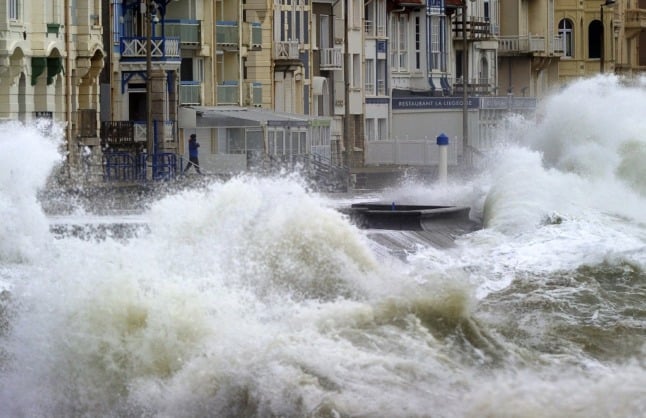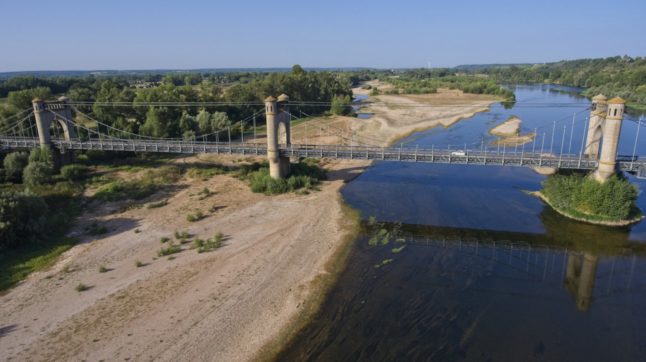A month of relative weather peace ended this week after an anticyclone that protected the country for more than a month dissipated, leaving the country at the mercy of winter Atlantic weather conditions
Storms Dudley and Eunice are forecast to sweep over Ireland, then into the UK before heading into Europe – and the north of France should brace for strong winds on Wednesday night into the early hours of Thursday, and again on Friday.
The French have already witnessed a return of rainy intervals, turning wintry at higher altitudes following the break-up of the anticyclone’s ‘weather shield’.
Dudley will be the first storm to affect northern reaches of France, bringing some heavy rain and winds gusting up to 110kph overnight on the hauteurs de l’Artois and Pays de Caux, upper Normandy, and across Hauts-de-France from 10pm until about 2pm.
Winds of up to 80kph are to be expected from Lower Normandy across to the Grand Est.
After a lull on Thursday, the more powerful Storm Eunice is set to track across a similar path on Friday, bringing wind gusts of up to 120kph in the Nord, Pas-de-Calais and Somme, rising to 140kph along the coast.
From Normandy to the Ardennes, windspeeds of up to 100kph are forecast, while further south, from Brittany and Pays-de-la-Loire to the Grand Est, the gusts can reach 80 or even 90kph.
A storm surge of between 30cm and 40cm is expected along northern coasts at high tide on Friday – though that is not as high as the 1m envisaged along the coast of the Netherlands, further north, where worse conditions are predicted.



 Please whitelist us to continue reading.
Please whitelist us to continue reading.
Member comments